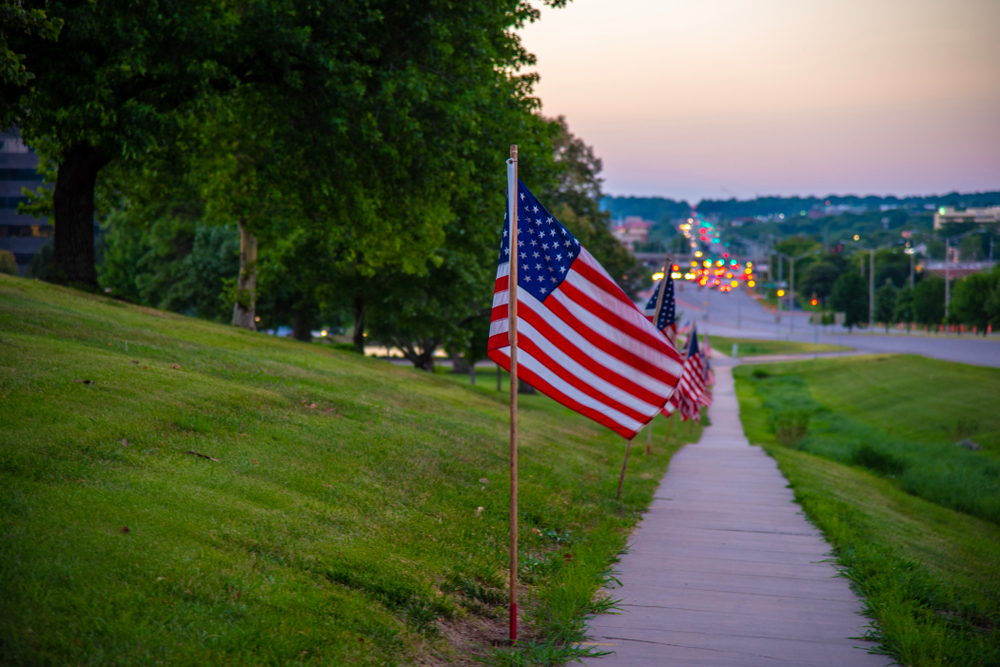From tipping rules to oversized portions, Americans have a way of doing things that can baffle the rest of the world. What seems ordinary to people in the United States often feels strange, excessive, or even confusing to outsiders. This list dives into 30 habits, customs, and quirks that only Americans do regularly and assume are completely normal. Understanding these patterns gives deeper insight into how Americans live, what they value, and how they interact with the world around them.
Using the Imperial System Instead of Metric
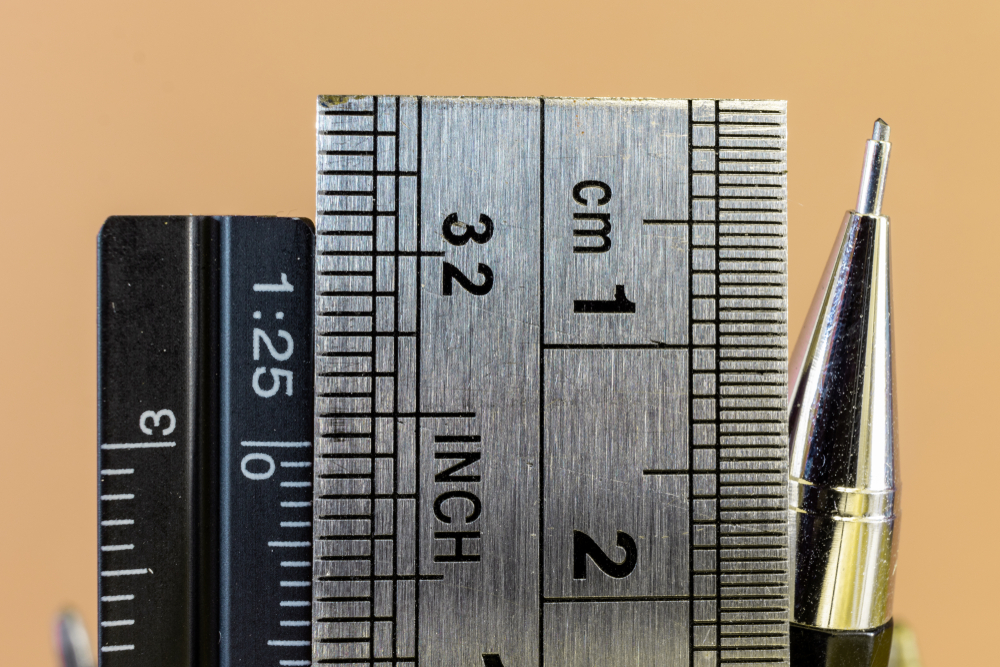
Americans are one of the few populations in the world that rely on the imperial system for daily measurements. Instead of using centimeters, meters, and kilometers, they calculate length in inches, feet, and miles. This system is embedded in road signs, construction projects, education, recipes, and even weather forecasts. While nearly every country has switched to metric for its simplicity and global standardization, Americans continue to hold onto their traditional measurements. This can create confusion in international collaboration, especially in science and engineering fields. Still, most Americans don’t view their measurement system as outdated, because it’s what they’ve used all their lives and what their infrastructure is built on.
Tipping Service Workers as a Requirement
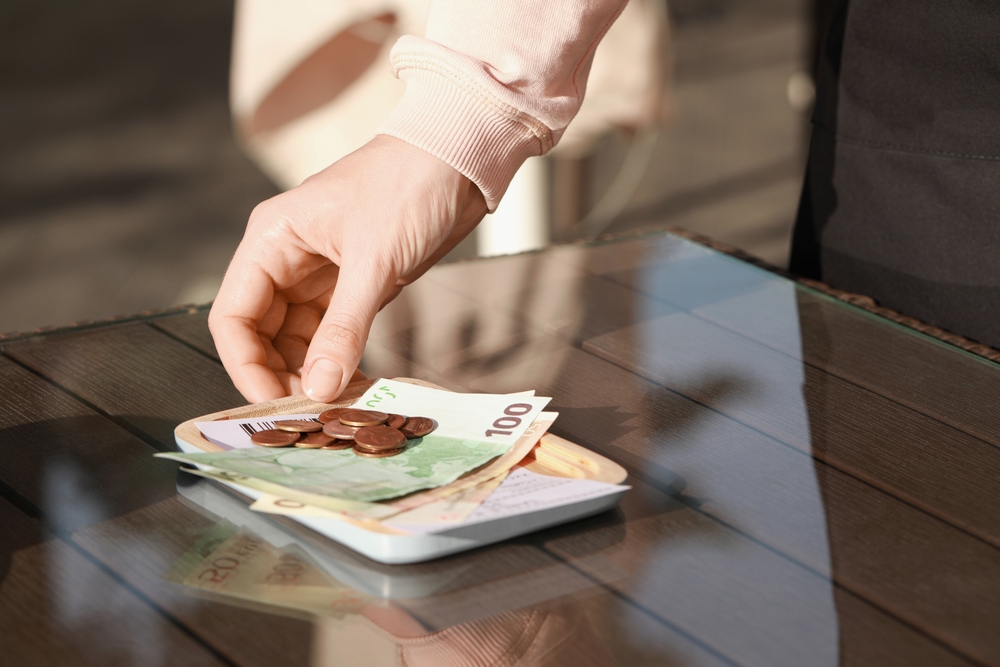
Tipping is deeply ingrained in American culture, particularly in the restaurant and service industries. Americans often tip between 15 and 25 percent, and in some places, tipping less than 20 percent may be considered rude. It’s not just restaurants, either. Hairdressers, taxi drivers, hotel maids, delivery drivers, and even coffee shop baristas all rely on tips as part of their income. This expectation stems from a wage system where employers often pay below minimum wage with the assumption that tips will make up the difference. While Americans see tipping as a reward for good service, many visitors find it uncomfortable or unclear how much to leave. In countries where service charges are already included, this level of tipping seems unnecessary, but to Americans, it feels like common courtesy.
Driving Short Distances Instead of Walking

In the United States, driving is more than a mode of transportation. For Americans, it represents independence, mobility, and safety. Even in situations where walking might be quicker, like picking up coffee or groceries from a store down the street, many still choose to drive. This is largely because most American towns and suburbs were designed with cars in mind, often lacking safe sidewalks or bike paths. Public transit options are limited or inconvenient outside of major cities, making a car a near-necessity. Americans also associate walking with homelessness or lack of access to a vehicle, which creates a social stigma in some communities. Visitors from countries where walking is part of daily life often find it odd that Americans would rather circle a parking lot for ten minutes than walk a few extra feet.
Serving Drinks with Excessive Ice
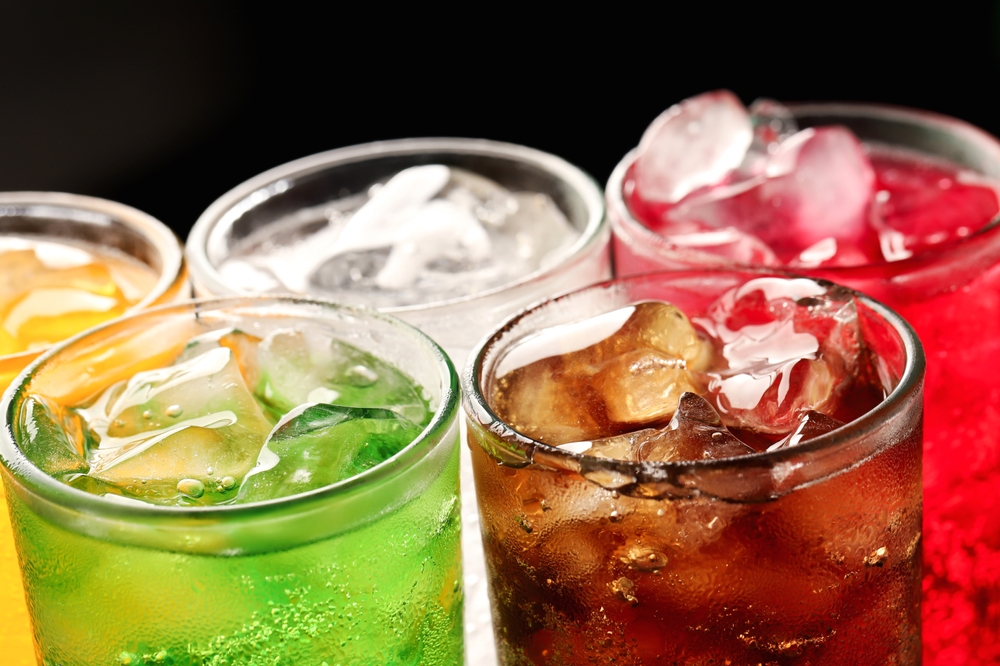
In the U.S., restaurants almost always serve beverages packed with ice. Whether it’s water, soda, lemonade, or iced tea, Americans expect a cup filled to the brim with ice cubes. This habit is so routine that when drinks are served without ice, many Americans send them back or ask for a cup of ice on the side. The rationale is both cultural and practical. Cold drinks are seen as more refreshing, especially in a country where air conditioning and chilled beverages dominate year-round. People from other countries often find this excessive or uncomfortable, especially when it waters down the drink. But for Americans, ice is part of the drink’s identity. Even fast food chains promote their ice quality as a selling point. It’s one of many small habits that Americans don’t realize sets them apart.
Turning Graduation into a Full-Blown Ceremony

While education is valued globally, Americans take graduation celebrations to another level. In the U.S., even kindergarten and elementary school students wear caps and gowns, walk across a stage, and receive certificates of achievement. By the time Americans graduate from high school or college, they have already participated in several formal ceremonies. These events often involve custom outfits, decorated caps, official photographers, and large family gatherings. Other cultures typically reserve such formalities for university-level graduations or specific honors. But Americans see these celebrations as important milestones that mark progress and build self-esteem. The widespread use of yearbooks, graduation parties, and class rankings reinforces the idea that each step in education deserves its own recognition. While it may seem excessive to outsiders, Americans view it as motivational and meaningful.
Wearing Pajamas and Sweatpants in Public

In many countries, wearing pajamas outside the house is considered sloppy or inappropriate. In the U.S., however, comfort often trumps style, especially in casual settings. Americans regularly wear sweatpants, leggings, oversized T-shirts, or pajama bottoms to run errands, attend class, or even travel by plane. The rise of remote work and athleisure fashion has blurred the line between homewear and streetwear. Many brands now market lounge clothes as versatile outfits, making them socially acceptable beyond the living room. For Americans, the priority is ease and functionality rather than appearance. This shift also reflects a larger cultural acceptance of individuality and relaxed social norms. While other countries may dress formally even for everyday outings, Americans often dress as if they’re heading to the gym or settling in for a Netflix marathon.
Read More: Only a Handful of Americans Can Full Comprehend These 31 Things
Watching Prescription Drug Commercials on TV

Only two countries in the world allow direct-to-consumer pharmaceutical advertising: the United States and New Zealand. Americans are used to watching ads for prescription medications that include detailed descriptions of symptoms, brand names, and long disclaimers about side effects. These ads air during prime time, talk shows, and even children’s programming. Americans don’t find it strange, but many foreigners are surprised to see medications marketed the same way as laundry detergent or cereal. The purpose of these ads is to prompt patients to ask their doctors about specific treatments. However, this creates ethical debates around consumer influence on medical decisions. Americans may find reassurance in being informed, but critics argue that it blurs the line between marketing and medicine. For Americans, it’s just another part of watching TV, even if the final few seconds of each ad sound more like legal warnings than health advice.
Using Fahrenheit to Measure Temperature
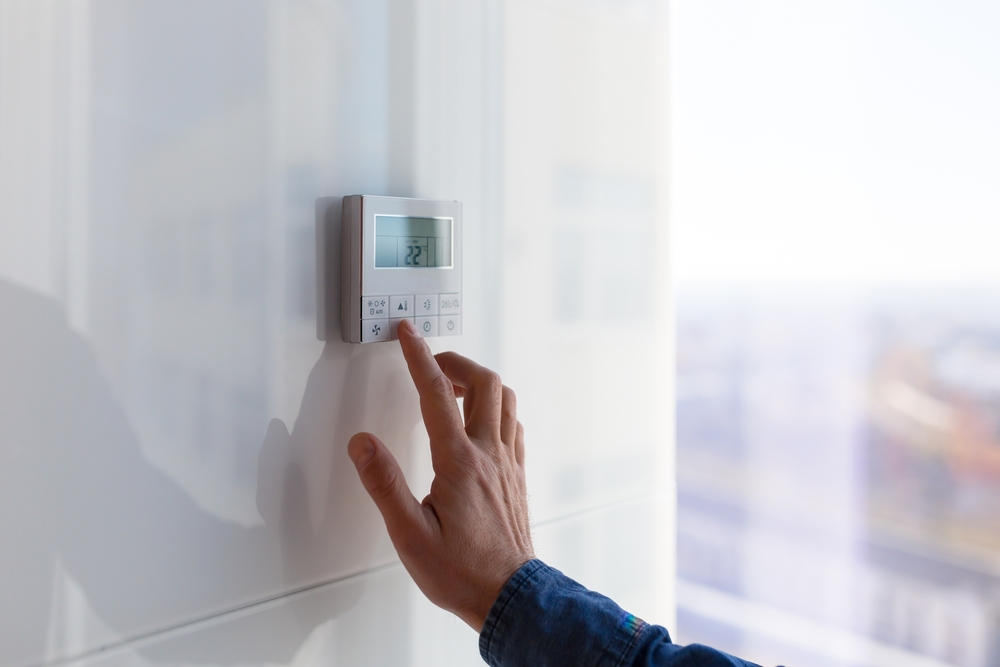
Americans measure temperature using Fahrenheit, where 32 degrees is freezing and 212 degrees is boiling. In contrast, the Celsius system used almost everywhere else sets 0 as freezing and 100 as boiling. This fundamental difference causes confusion for international travelers, especially when checking weather forecasts. Americans will describe 75 degrees as warm and pleasant, while that number would seem extremely cold in Celsius. The persistence of Fahrenheit is rooted in U.S. history and the general resistance to adopting new systems without necessity. Weather apps, ovens, thermostats, and even classroom science experiments are based on Fahrenheit, making it deeply embedded in American life. Despite global efforts to standardize Celsius, Americans continue using their system with pride, rarely questioning its global inconsistency.
Treating College Sports Like Professional Leagues
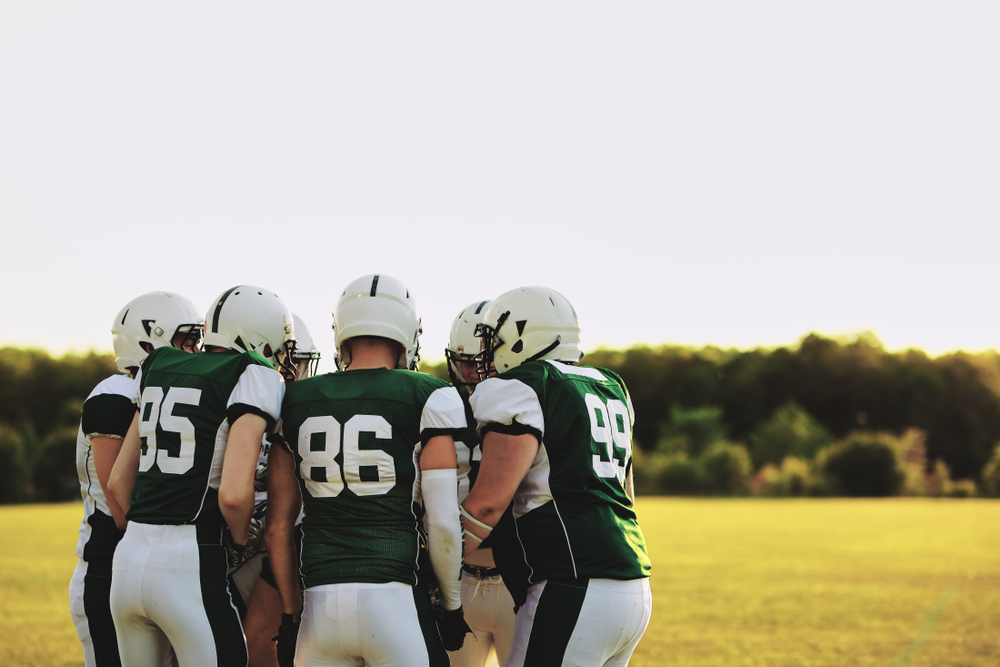
In the United States, college sports are not just extracurricular activities, they are multimillion-dollar industries. Universities invest heavily in athletic programs, especially football and basketball, building massive stadiums, hiring top-tier coaches, and broadcasting games nationally. Americans pack arenas, buy merchandise, and follow college teams as passionately as professional franchises. In many cases, student-athletes are treated like celebrities on campus. Scholarships, intense training, and media coverage elevate the role of sports in American academics. This phenomenon is unusual globally, where school-based sports rarely receive public attention beyond local communities. Americans see college sports as a pathway to professional careers and institutional pride. The strong connection between education and entertainment makes U.S. college campuses feel more like sports hubs than traditional academic centers.
Putting Peanut Butter in Everything
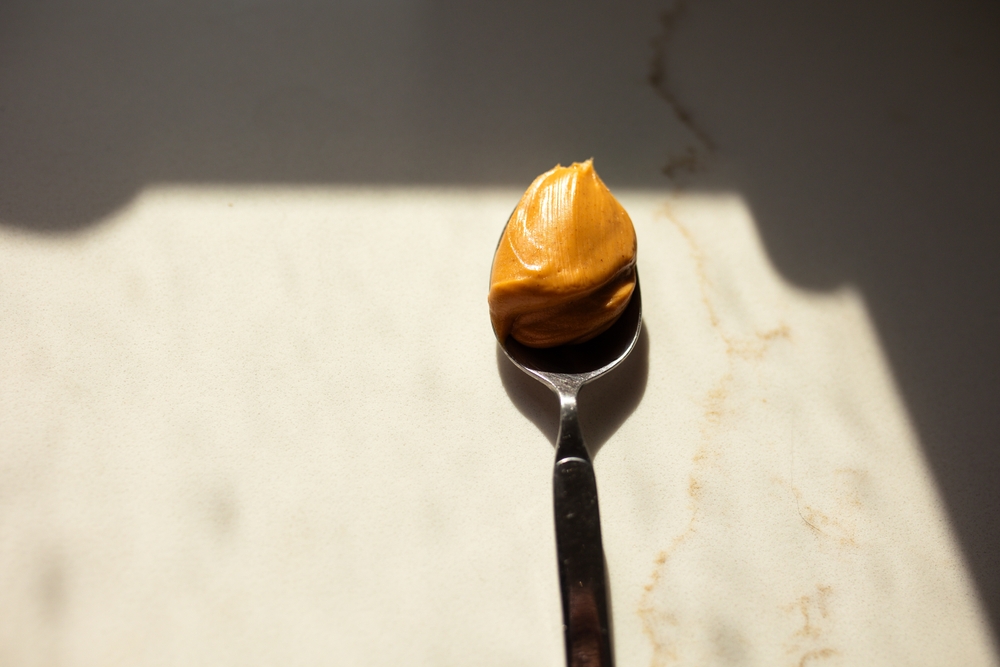
Peanut butter holds a special place in American culture. It is a pantry essential, used in sandwiches, smoothies, desserts, and even savory sauces. Americans grow up eating peanut butter and jelly sandwiches, associating it with comfort and childhood. In grocery stores, the peanut butter aisle features dozens of brands, from crunchy to creamy, organic to flavored. Other countries may sell peanut butter, but it’s rarely consumed in such variety or volume. Americans also use it creatively, adding it to pancakes, burgers, and even Asian-inspired dishes. The product’s versatility and nostalgic value have made it a staple that feels uniquely American. While international visitors may find the obsession odd, Americans embrace peanut butter as both a food and a cultural icon.
Flying the Flag on Homes and Cars
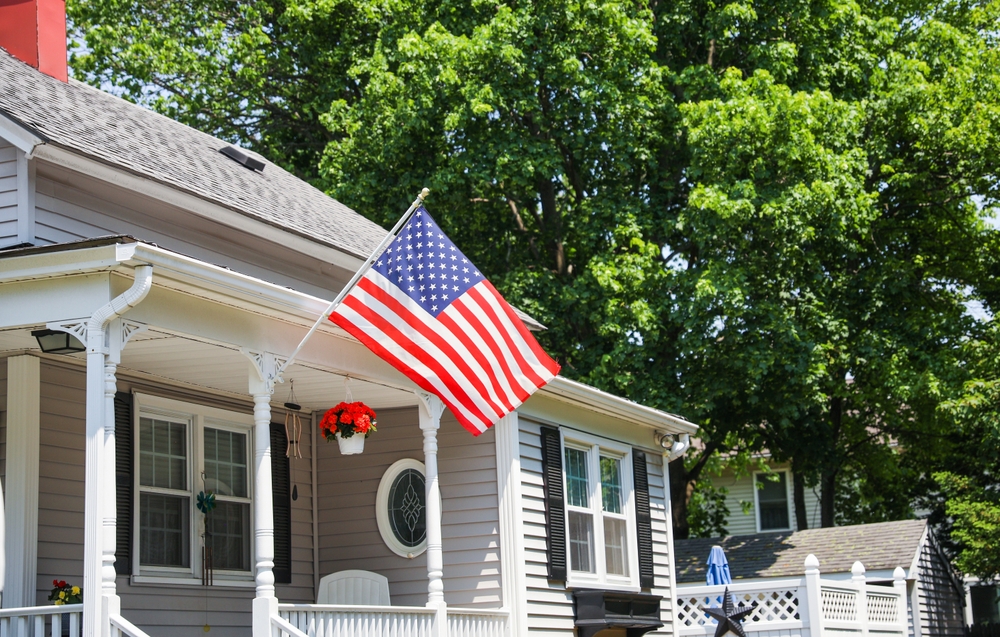
Few countries display their national flag as often or as prominently as the United States. In neighborhoods across the country, it’s common to see the American flag flying on front porches, in front of schools, outside stores, and even on cars. Americans use the flag to express national pride, commemorate military service, and celebrate holidays like Independence Day or Memorial Day. Clothing, bumper stickers, and home décor featuring the flag are widely accepted and sold year-round. In many other countries, public flag-waving is reserved for official events or sports celebrations. For Americans, the flag is not just a symbol of governance but of personal identity and freedom. The frequency and casual use of the flag might surprise visitors, but to Americans, it represents values they hold closely.
Refrigerating Eggs and Milk

In the U.S., both eggs and milk are stored in the refrigerator, and Americans are taught from a young age that these foods must remain cold to stay safe. The reason lies in food safety regulations. American eggs are washed and sanitized before being sold, a process that removes their natural protective coating, which makes refrigeration necessary to prevent bacterial growth. Similarly, milk is pasteurized and chilled immediately after production to avoid spoilage. In Europe and many other regions, eggs retain their natural coating and are often sold unrefrigerated. This difference can confuse tourists who are surprised to see eggs stored on warm shelves abroad. Still, Americans associate cold storage with cleanliness and safety, and it’s rare to find unrefrigerated eggs in any U.S. supermarket.
Charging for Cheese and Condiments

In many American restaurants, ordering extras like cheese, guacamole, bacon, or special sauces comes at an added cost. Even fast food menus often include upcharges for these additions, clearly marked on the menu. While Americans are used to itemized customization, international diners sometimes find it surprising that even basic toppings are not automatically included. This practice stems from both business models and consumer demand. Americans often expect to build their meals to their preferences, and restaurants charge accordingly. Whether it’s customizing a burger or adding dressing to a salad, these small fees are normalized. Although it may seem excessive to outsiders, Americans generally don’t mind paying a little more for exactly what they want.
Using Drive-Thrus for Almost Everything
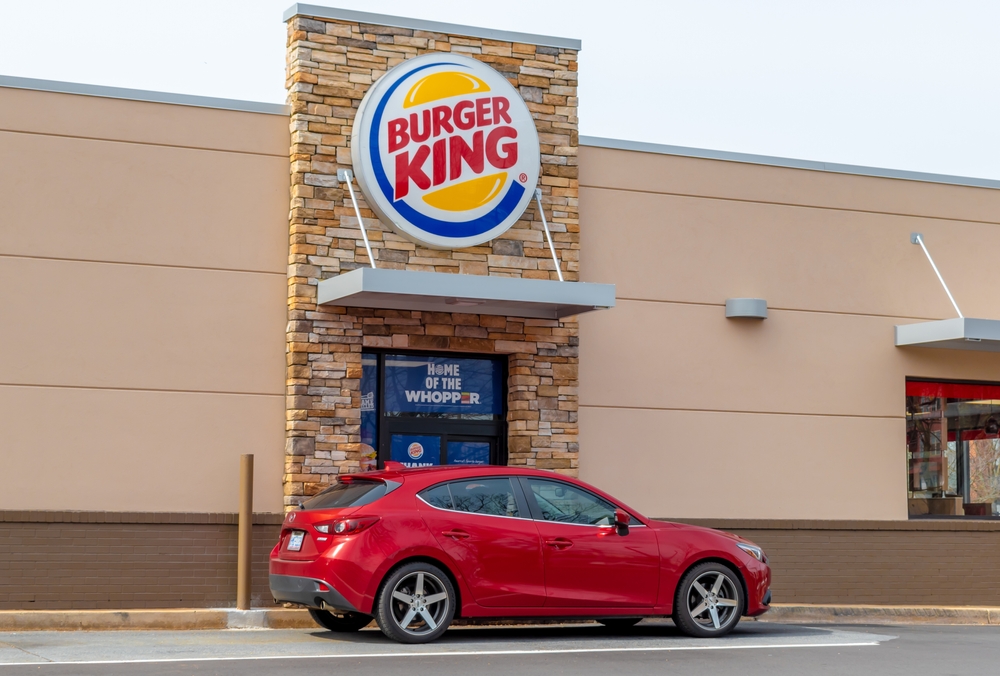
Drive-thrus are a fixture of American convenience culture. While originally created for fast food, they have since expanded to banks, pharmacies, coffee shops, and even COVID testing centers. Some areas even offer drive-thru wedding chapels and liquor stores. Americans value time and efficiency, and drive-thrus allow them to run errands without leaving their vehicles. This is especially appealing in car-dependent suburbs and during bad weather. For visitors, the idea of completing major tasks through a window may seem impersonal or odd, but to Americans, it’s just a smart way to save time. The drive-thru reflects a broader American preference for speed, privacy, and accessibility that is woven into daily routines.
Going All Out for Halloween
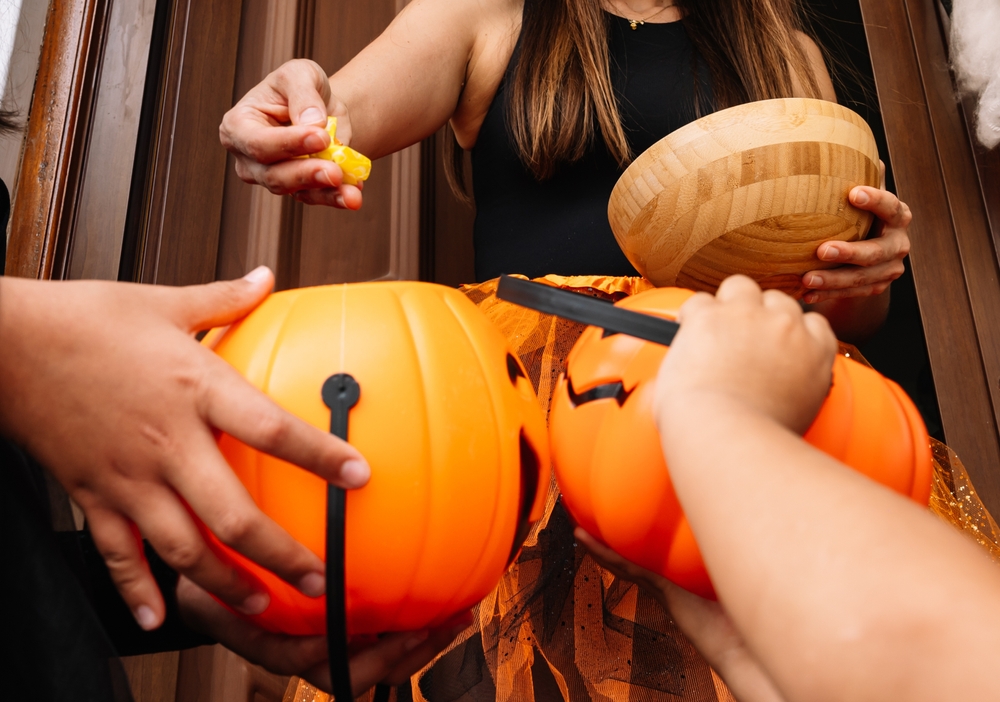
Americans treat Halloween as more than just a one-night event. Starting in early October, neighborhoods transform with elaborate yard decorations, haunted houses open to the public, and costume aisles take over major retail stores. Children and adults alike dress in costumes, attend themed parties, and go trick-or-treating door to door. Americans also spend billions annually on candy, costumes, and décor, making Halloween one of the country’s most profitable holidays. While the holiday’s roots trace back to Celtic festivals and Christian traditions, the modern American version is far more commercial and performance-driven. In most other countries, Halloween is acknowledged but not heavily celebrated. Americans, however, turn it into a full month of playful fear, family fun, and consumer excitement.
Serving Massive Food Portions
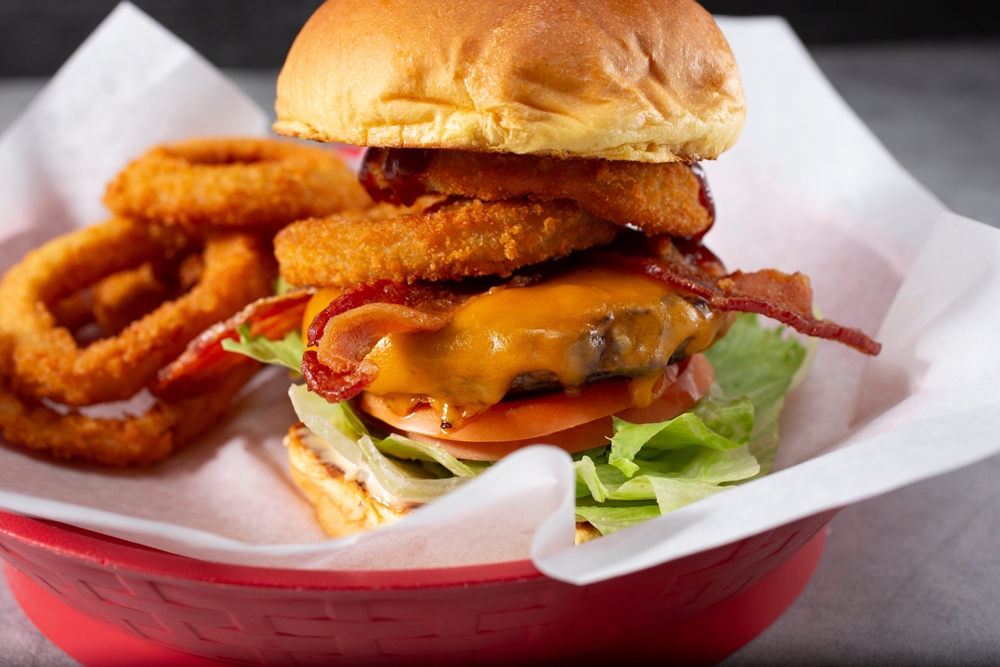
One of the first things visitors to the U.S. often notice is the sheer size of food portions in restaurants and fast food chains. Plates are stacked high with fries, burgers are oversized, and drinks can come in 32-ounce or even 44-ounce sizes. Americans are used to taking leftovers home in boxes, and many see large portions as offering better value for money. This mindset also ties into the culture of abundance and personal choice that is common in the U.S. While other countries often emphasize moderation, balance, and smaller meals, Americans associate big meals with satisfaction and hospitality. This norm has also contributed to widespread use of doggy bags, something that’s still rare or even frowned upon elsewhere. To Americans, more food is a good thing, not a waste.
Oversharing with Strangers

In the U.S., striking up a conversation with a stranger at a grocery store or bus stop is seen as normal, even friendly. Americans often chat openly about their day, families, opinions, and personal experiences, even with people they’ve just met. In many other cultures, personal matters are considered private and reserved for close relationships. But Americans tend to view openness as approachable and honest. This willingness to share stems from a culture that values individual expression and informality. Whether it’s discussing weekend plans with a cashier or venting to a bartender, Americans treat casual social encounters as opportunities for connection. While it may seem overly familiar to outsiders, for Americans, small talk and self-disclosure are everyday behaviors.
Displaying Prices Without Tax Included

In most countries, the price you see on a product is the total you pay. In the U.S., however, sales tax is added at the register, which means the final price is often higher than the one listed. Americans are used to this and usually calculate the extra cost mentally or expect the surprise at checkout. This pricing system exists because sales tax rates vary by state and even by city, making it impractical for retailers to advertise a tax-inclusive price. Although this practice is common in the U.S., it often confuses visitors who expect the listed price to match the total. Americans have adjusted to this pricing model and rarely question it, despite the lack of transparency it creates for consumers.
Read More: 9 Things That Shock People About Americans & America
Getting Excited Over Ice Cream Trucks
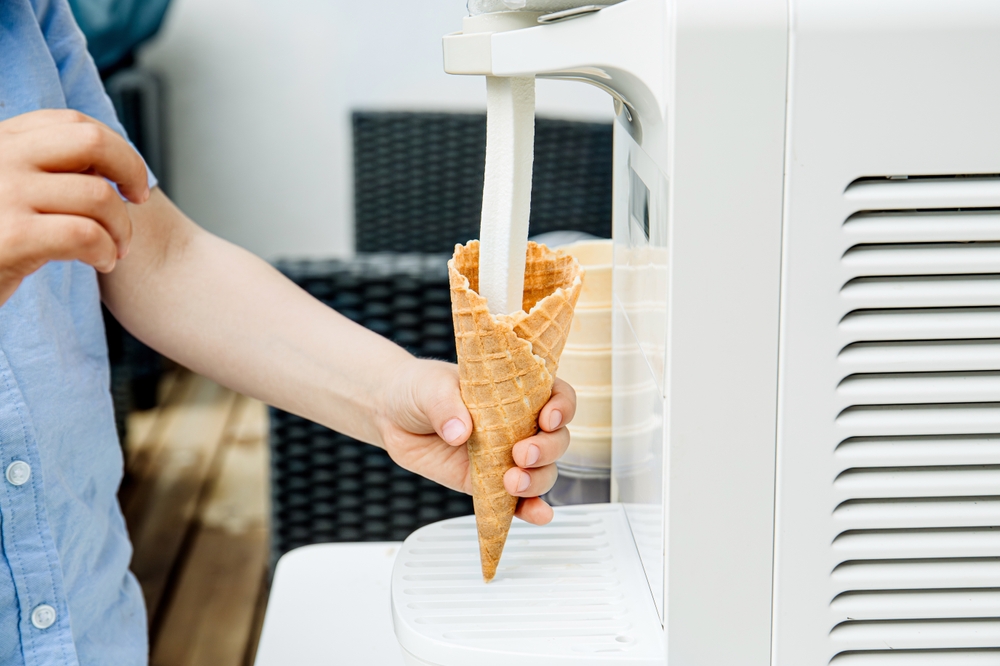
For many Americans, the jingle of an ice cream truck is a cherished sound of childhood summers. These trucks drive through residential neighborhoods offering popsicles, ice cream sandwiches, and novelty treats directly from their windows. Kids often run outside barefoot with dollar bills in hand when they hear the music, creating a nostalgic memory that’s deeply tied to American suburbia. Although mobile vendors exist elsewhere, the cultural significance of ice cream trucks is uniquely American. It’s more than convenience, it’s a ritual. Americans associate it with freedom, play, and the carefree nature of summer breaks. In many other countries, ice cream is sold in stores or kiosks rather than rolling into your neighborhood with a melody.
Recycling Family Names with Suffixes

Naming sons after their fathers is a widespread practice in the U.S., often accompanied by suffixes like Jr., Sr., III, or IV. While this tradition exists elsewhere, Americans take it further by continuing the lineage across multiple generations. It’s a symbol of legacy, pride, and family continuity. Americans see these repeating names as a way to honor ancestors and keep heritage alive. It’s also common to use a parent’s name as a middle name or hyphenate family names. This pattern of naming often results in families with multiple relatives sharing the same first name but being identified by generational numbers or nicknames. Though this can be confusing to outsiders, for Americans, it reflects both familial bonds and social tradition.
Stocking Grocery Stores with Endless Snack Choices
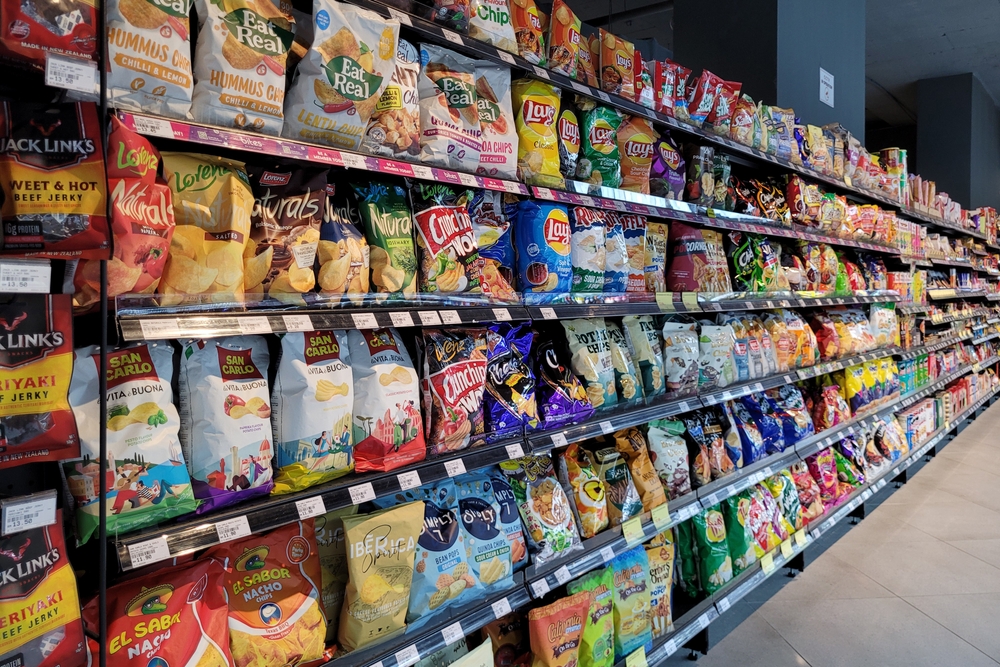
American grocery stores often dedicate multiple aisles to snacks alone, offering a dizzying variety of chips, candies, granola bars, and crackers. Americans love convenience and choice, and their snack market reflects it. From seasonal limited editions to region-specific flavors, the snack aisle is a rotating display of novelty and indulgence. This variety encourages impulse buying and caters to different tastes, diets, and moods. While other countries may have snack options, they rarely reach the volume or variety seen in the U.S. Americans embrace snacking as a normal part of daily eating, often treating snacks as small meals. The marketing, packaging, and portion sizes reflect how central snacking is to American food culture.
Using Paper Towels for Everything

In most American households, paper towels are a multipurpose essential. Americans use them to clean up spills, dry their hands, line plates, or even substitute for napkins. They are bought in bulk, stacked in every kitchen, and often placed at the center of dining tables. This throwaway convenience fits into the broader American culture of efficiency and accessibility. Reusable alternatives like cloth towels are available, but Americans often choose paper towels for speed and sanitation. In many other countries, waste reduction is a priority, and paper towel use is seen as excessive. Still, Americans view disposable products as cleaner and more hygienic, especially in fast-paced households and workplaces.
Obsessing Over Pumpkin Spice in Fall
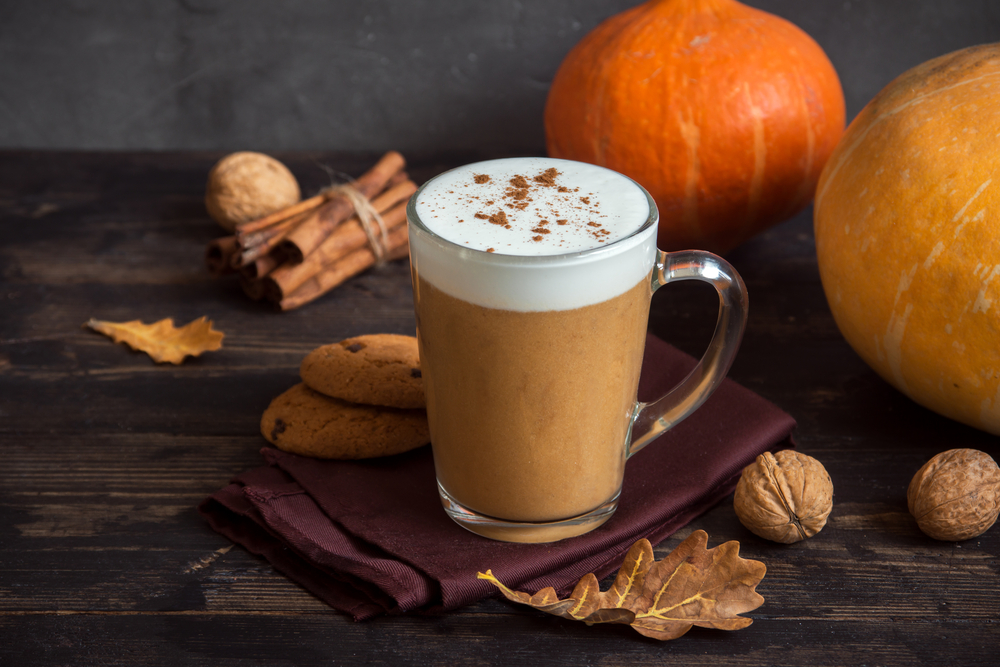
Once autumn begins, Americans embrace pumpkin spice with unmatched enthusiasm. It’s not just lattes, but cookies, candles, cereals, dog treats, and even deodorants. The flavor has become a seasonal signal that fall has arrived. For Americans, pumpkin spice isn’t just a taste, it’s a feeling tied to nostalgia, coziness, and seasonal change. Brands launch pumpkin-flavored products as early as August, and people often post about their first pumpkin spice drink of the year. While other countries may have seasonal food items, Americans have turned pumpkin spice into a cultural moment. It represents more than a trend—it’s an annual ritual that shapes how Americans experience and celebrate the fall season.
Feasting on Thanksgiving as a Major Holiday
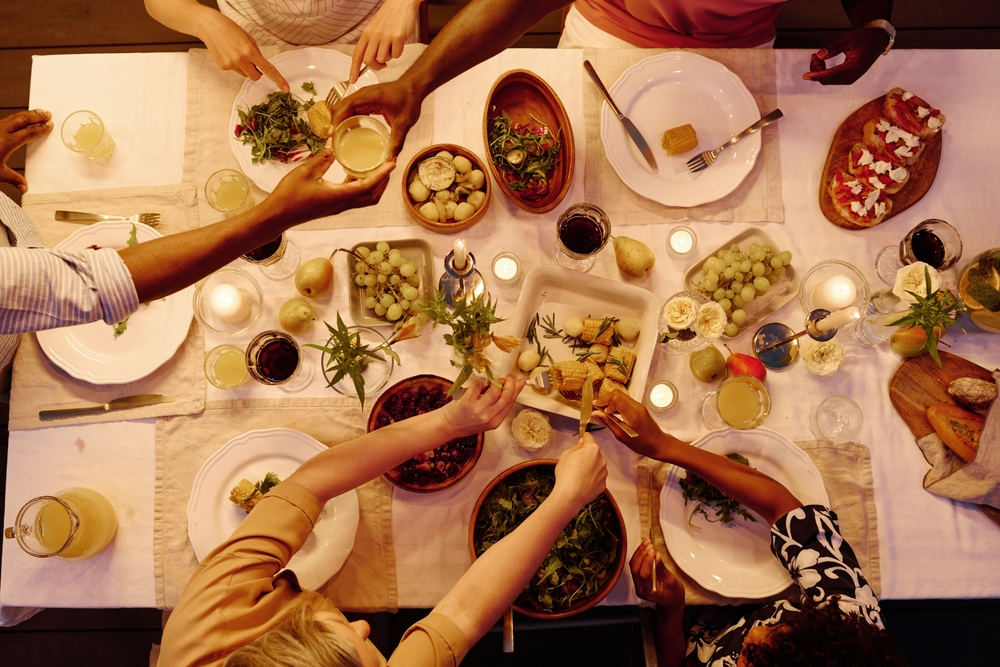
Thanksgiving is one of the most widely celebrated holidays in the U.S., and Americans take it very seriously. Families plan travel, prepare large feasts, and center the day around gratitude, football, and togetherness. The traditional meal includes turkey, stuffing, mashed potatoes, cranberry sauce, and pumpkin pie. Americans also view Thanksgiving as a time to reunite with extended family, even more so than Christmas in some regions. The historical roots of the holiday are tied to colonial history, but its modern form focuses on food and family. Outside of the U.S., few nations observe Thanksgiving, and even fewer host a meal of this scale. For Americans, it’s a cornerstone of national culture and identity.
Using Toothpicks Publicly After Meals

After finishing a meal, many Americans casually reach for a toothpick, whether at a restaurant counter or from a dispenser on the table. It’s common to see someone using one while chatting or walking out the door. Americans associate toothpicks with cleanliness and after-meal care, not rudeness. In contrast, many other cultures consider using a toothpick in public bad manners, or something that should only be done in private. Restaurants in the U.S. often provide toothpicks as a courtesy, and Americans use them without a second thought. What may appear impolite elsewhere is seen as practical and hygienic behavior in American settings.
Wearing Gym Clothes as Everyday Outfits

In the U.S., athleisure—casual wear designed for both fitness and everyday use—has become standard attire for people of all ages. Americans wear leggings, hoodies, and sneakers not just to the gym, but to work, school, grocery stores, and even restaurants. Comfort and functionality take priority, especially in a culture that values speed and convenience. The rise of remote work and relaxed dress codes has only reinforced this trend. While some countries expect a more polished or formal appearance in public, Americans often prefer outfits that offer maximum movement and minimal effort. This relaxed approach to fashion reflects how Americans blend practicality and personal expression in their daily style choices.
Throwing Parties with Solo Cups
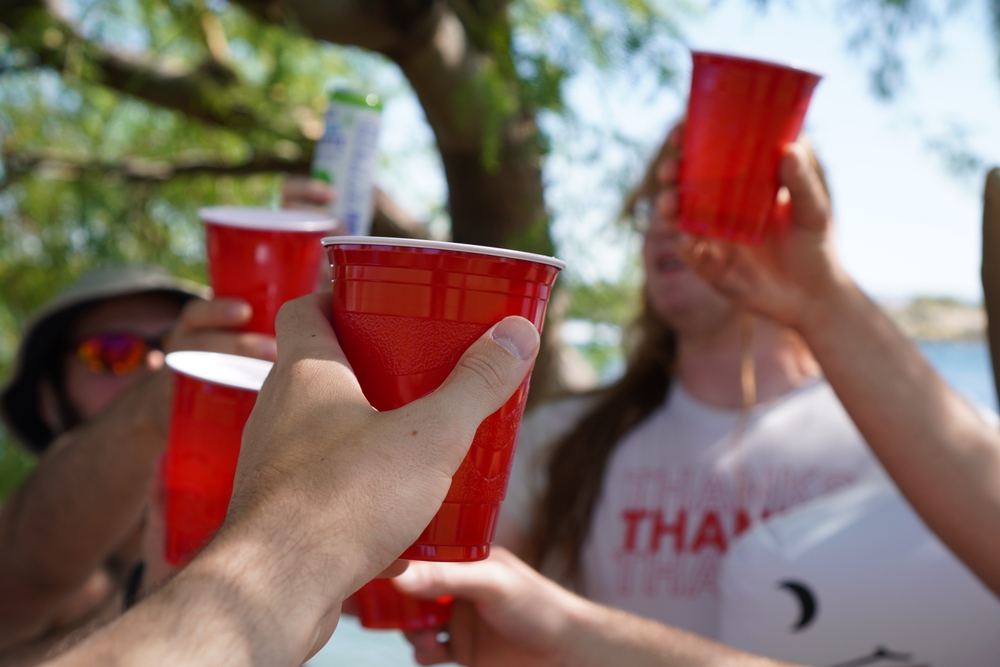
The red Solo cup has become an unofficial symbol of American parties. Whether at a college gathering, backyard barbecue, or tailgate event, Americans rely on these disposable cups for convenience and tradition. Their durability, low cost, and ability to conceal beverage contents have made them a staple of American social life. Popularized by movies and music, the Solo cup is now recognized globally, often representing youthful fun and informal gatherings. Foreign visitors may recognize the cup from films before ever seeing one in person. For Americans, the red cup is more than a drinking vessel, it’s part of the party atmosphere.
Refusing to Use All Vacation Days

Despite working long hours and often facing burnout, many Americans don’t use all their vacation time. Some fear falling behind at work or appearing less committed to their jobs. Others are bound by companies that discourage taking extended breaks. Americans are also more likely to check work emails or take business calls while on vacation. This behavior stands in stark contrast to work cultures in Europe or South America, where long, uninterrupted vacations are considered essential and protected by law. Americans often view time off as a luxury rather than a right, even though not taking it can hurt health and productivity. The pressure to perform, combined with fewer mandated leave policies, keeps many Americans from fully disconnecting.
Drinking Giant Cups of Coffee Daily

In the U.S., coffee is consumed in large portions, often carried around in 20-ounce or 30-ounce travel mugs. Coffee shops offer multiple size options, with “venti” and “trenta” becoming common orders. Americans drink coffee throughout the day, not just in the morning, and it’s seen as a functional beverage rather than a ritual. This contrasts with countries where small, strong cups like espresso are sipped slowly in cafés. Americans drink coffee on the go, during meetings, and while commuting, emphasizing energy and efficiency over ambiance. Coffee in the U.S. is not just a beverage, it’s a lifestyle choice that fits a fast-moving culture.
Using Credit Cards for Even the Smallest Purchases
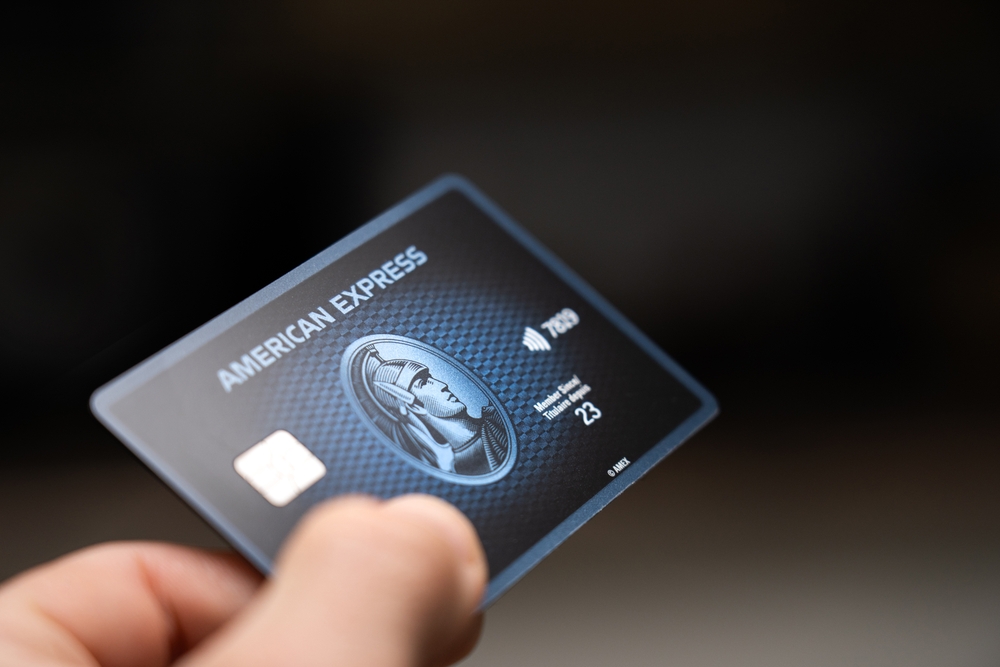
In the U.S., it’s completely normal to use a credit card for a two-dollar coffee or a pack of gum. Americans embrace digital payments, tap-to-pay options, and mobile wallets for nearly every transaction. Credit card rewards, cashback programs, and building credit scores encourage usage even for small purchases. While some countries set minimum amounts for card use or prefer cash for low-value items, Americans rarely carry cash at all. This behavior is rooted in the widespread availability of banking services and the cultural embrace of convenience. Americans are accustomed to speed, and tapping a card is often faster than counting coins or bills.
Conclusion
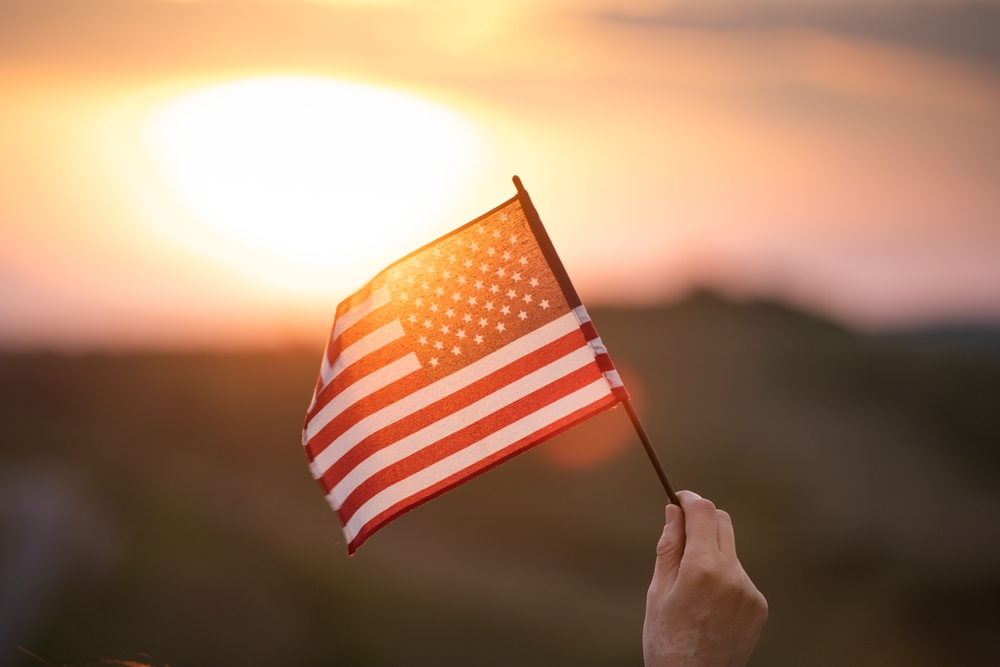
From massive Thanksgiving meals to iced drinks and red Solo cups, Americans have developed a unique cultural rhythm that often surprises the rest of the world. Many of these behaviors feel second nature within the U.S., but they stand out to outsiders as quirky, exaggerated, or deeply rooted in convenience and individualism. Understanding these everyday habits reveals how Americans structure their lives around comfort, speed, expression, and pride. While some of these customs may never go global, they remain defining traits of how Americans live, work, eat, and connect.
Read More: 9 of The Weirdest Questions Americans Like To Ask
Disclaimer: This article was created with AI assistance and edited by a human for accuracy and clarity.
